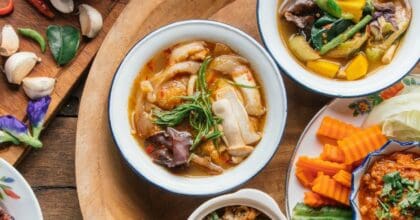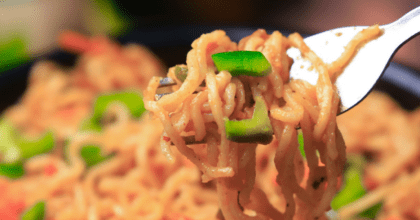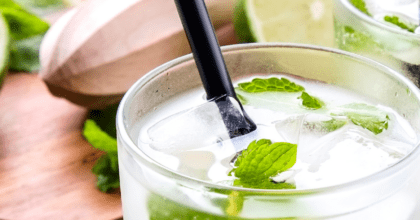Little cheer for beer this year as revenue sales fall
“With Christmas festivities in full swing, many consumers will be celebrating by raising a glass with friends, colleagues and family. However, it appears things will be a little flat for beer this year as reveals that hindered by the decline of pub drinking and a lack of broader consumer appeal beyond men, beer has seen a huge fall from grace in the past six years. Indeed, while the market was worth £17.7 billion in 2006, it will command revenues of just £15.5 billion in 2011 – a £2.2 billion revenue fall. Furthermore, volume sales decreased by almost a quarter (23%) over the same period, down from 4.1 billion litres in 2006 to 3.2 million litres in 2011.
The share of off trade as a total has gone up – highlighting a shift towards in home drinking. As more of the UK population drinks at home, beer – as with the likes of wine and spirits – has seen a greater share of its sales within this channel. However, unlike spirits and wine it has still seen its volume sales decline in the off trade: from 2.38 billion litres in 2006 to 2.25 billion litres in 2010.
Jonny Forsyth, Senior Drinks Analyst at Mintel, said:
“The economic downturn and rising differential between on and off trade beer and alcohol prices has hit the pub trade heavily and led to more UK consumers migrating to in home drinking. Beer has been particularly badly hit – it suffers from being perceived as less suited than its competitors for in home drinking. This is because its male user bias makes it less of a compromise choice for couples than wine or spirits, and it is less associated with food matching or relaxing occasions than either of those drinks categories. The reason why beer is reliant on pubs is that it remains a core drink for young men – almost a rite of passage – and many choose it because in pubs, the size and price of a pint seem so much better value than most other drink options. “”
Lager dominates the overall beer category and has therefore seen a greater loss of actual revenue over the past six years than ale and stout. Lager sales are down from £12.7 million in 2006 to £11.4 million in 2011 – a 10% decrease which looks a lot better than it is, due to above-inflation price increases. In 2011, the value of the ale sector had declined to £3.3 billion and stout £855 million. However, within the market, all beer types are struggling.
So why exactly has beer been struggling so much? Firstly, the UK population has been drinking proportionately less alcohol since 2004 (89% of Brits claimed to consume Beer in 2004 – dropping to 82% in 2011). Indeed, alcohol drinking has become so expensive and the gap between on and off trade so huge, that for many drinking out is now a luxury rather than a standard night out. Indeed, today, more than two in five (44%) on-trade drinkers see drinking out of home as too expensive which has meant that a once regular night out occasion has become more of an occasional luxury. Secondly, punitive duty increases have made alcohol increasingly expensive. However, this does not explain why beer has seen a 13% value decline while wine has seen a value sales increase over the past five years (+15% to 2011).
“The beer sector has not helped itself by being slow to respond to the decline of the market – and for too long thinking (or hoping) that falling numbers were just a blip. Beer suffers from being perceived as less suited than its competitors for in home drinking. This is because its male user bias makes it less of a compromise choice for couples than wine or spirits, and it is less associated with food matching and/or relaxing occasions – both of which Mintel’s research shows to be key for in home drinkers – than either of those drinks categories. “”Jonny continues.
Mintel’s research finds that there is plenty of appetite among younger consumers for innovation in lager. Some 28% of UK lager drinkers are interested in sweet tasting lagers – this rises to 57% of those aged 18-24. Indeed, while older consumers view lager in quite a traditional way, younger drinkers see it as more of a ‘blank canvas’ – with a further opportunity for low calorie versions as 54% of 18-24 year olds feel beer is too calorific, compared to 35% overall. The major area for NPD is flavour, but also low calorie beers.
“”The beer market has been trying to appeal to a broader audience, more recently to females with products such as lite beers. Beer is also belatedly catching on to the importance of flavour innovation – particularly sweeter variants which are proving hugely popular among younger consumers in the cider and vodka categories; and the increasing importance of drinks categories positioning themselves as relevant to in home drinking occasions such as mealtimes, plus relaxing, social and sharing occasions. “”Jonny concludes.
-
Mintel StoreGet smart fast with our exclusive market research reports, delivering the latest data, innovation, trends and strategic recommendations....View reports
-
Mintel LeapMintel Leap is a revolutionary new AI-powered platform that will transform your research process....Book a demo







































